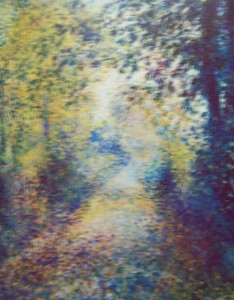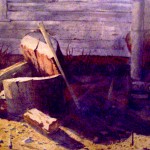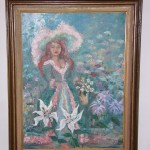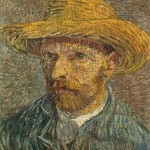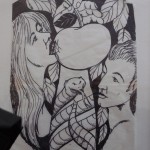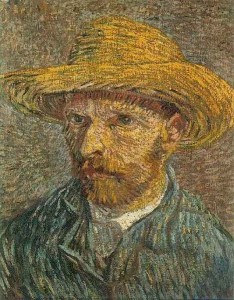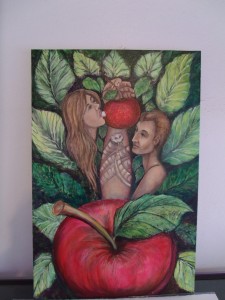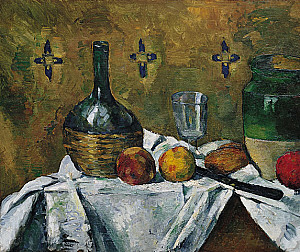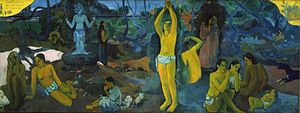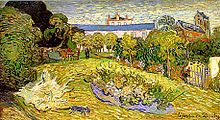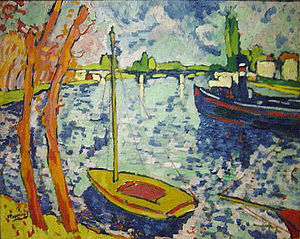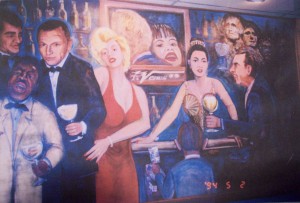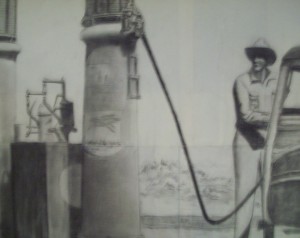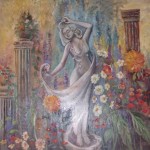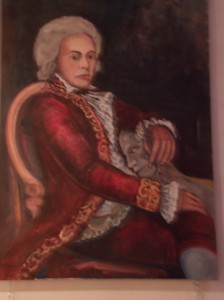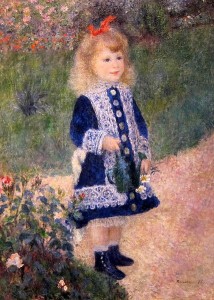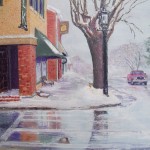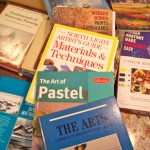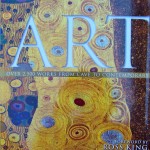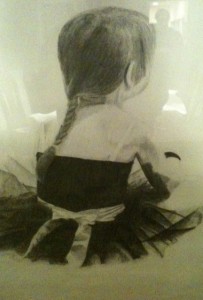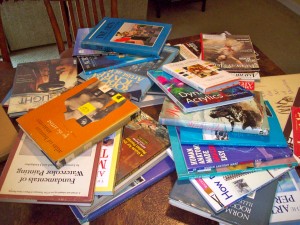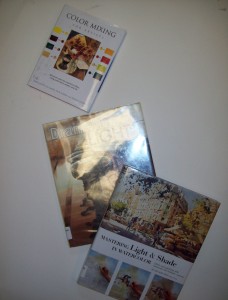It is fun painting with water media whether it is acrylic, gouache, or watercolors. You have to practice, sketch, study, and learn to accept the challenges it gives you. However, the more you work and become familiar with it, the more you master it.
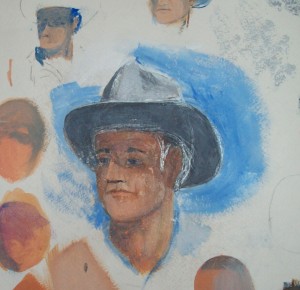
To the right is one of many acrylic sketches I made in an attempt to become familiar with the effect an overhead sun had creating the shadows of a hat brim on the face of a man that I was trying to paint. The only source of information I had was a pencil drawing that I’d made. Unfortunately, I had made the value of the shadow so strong the eyes did not show up and would not have been natural from the position of the viewer. I was having to use my imagination while painting, trying to decide what it should look like. I was having a problem with this. I could get the drawing and expression right when using graphite, but when attempting to paint it, the colors were not exactly what I wanted. I finally realized that it was not that different than painting a portrait. I had to think about being a portrait artist (which I am not), and this would require more study.
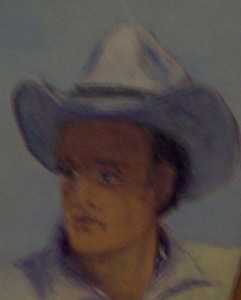
When in doubt, I usually check my personal library to see if in those many pages and experiments there is a nugget of useful information. However, in this instance, it took a trip to the library. Fortunately, for me, the library is around the corner and a couple of blocks away. I checked out a book written by artist, Suzanna Winton: Realistic Watercolor Portraits. I was pleased with what I learned and was able to paint the man’s face well enough that it was acceptable (at least by me). The man’s face was only a small portion of the overall picture but it still had to be correct.
Tip: It takes a lot of practice to master anything. If you study hard, practice a lot, and keep a positive attitude, you can accomplish that which you will attempt.
Be sure to check out the Greeeaat Opportunity page at the top of this page and see if there is something there that would help you.
Be sure to sign up for the Art Center Information newsletter and enter the drawing to win a free coffee table art book>>>Upper right hand corner of page. The drawing will be held very shortly.
